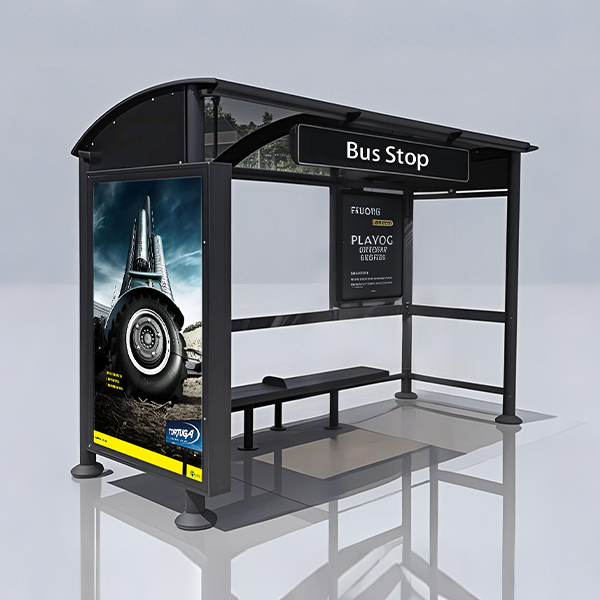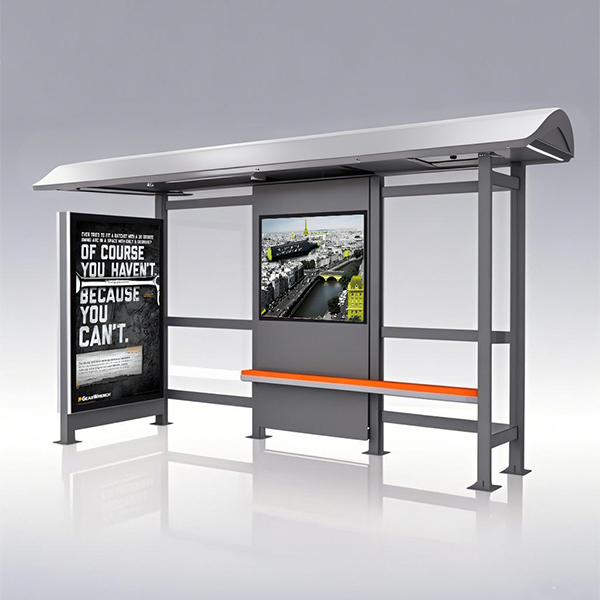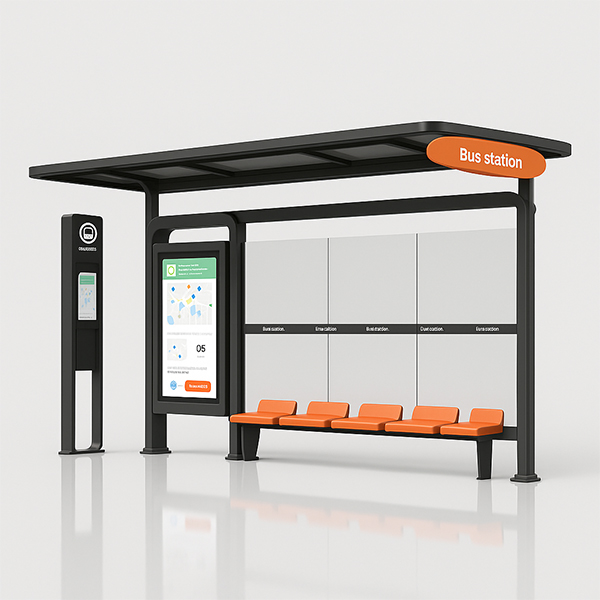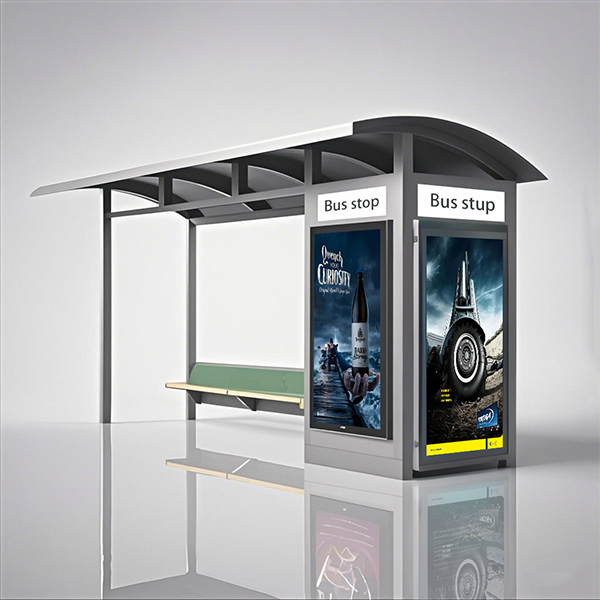
Bus Shelter with Bench
Choosing the right bus shelter with bench can significantly impact passenger comfort and the overall aesthetic of your community. This comprehensive guide explores crucial factors to consider when selecting and installing these vital public transit amenities. We'll cover design options, materials, maintenance, and regulations to help you make an informed decision. Learn about different styles, sizes, and features available to find the perfect fit for your needs.
Understanding Your Needs: Size, Location, and Design
Determining the Right Size
The size of your bus shelter with bench depends heavily on the expected passenger volume and the available space. Consider peak hour crowds and allow sufficient room for comfortable waiting. Larger shelters might accommodate more benches and offer additional features like informational displays or advertising space. Smaller shelters, on the other hand, may be more suitable for less populated areas. Careful planning is crucial to avoid overcrowding or unnecessary bulk.
Choosing the Perfect Location
Strategic placement is paramount for a functional bus shelter with bench. Visibility is key; the shelter should be easily spotted by passengers approaching from different directions. Consider proximity to bus stops, pedestrian walkways, and areas with good lighting and security to ensure passenger safety and convenience. Accessibility for individuals with disabilities is also a crucial aspect to consider during the location selection process. Remember that access to adequate lighting, safety features, and weather protection are equally important.
Design Considerations: Aesthetics and Functionality
Modern bus shelters with benches offer diverse design options to complement the surrounding environment. From sleek, contemporary designs to more traditional styles, the possibilities are vast. However, aesthetics should not compromise functionality. Durable, weather-resistant materials are essential for long-term performance. You'll also need to consider factors like ventilation, protection from the elements (sun, rain, wind), and overall structural integrity.
Materials and Construction: Durability and Longevity
Popular Materials and Their Properties
The choice of materials significantly impacts the durability and lifespan of your bus shelter with bench. Common materials include: aluminum, steel, and polycarbonate. Aluminum offers a lightweight yet strong option, while steel provides superior strength and durability. Polycarbonate roofing offers excellent weather resistance and light transmission. Each material has its unique properties, and the optimal choice depends on your specific requirements and budget. Consider factors such as corrosion resistance, impact resistance, and maintenance needs when making your selection.
| Material | Advantages | Disadvantages |
|---|---|---|
| Aluminum | Lightweight, corrosion-resistant, low maintenance | Less durable than steel, can dent |
| Steel | High strength, durable, cost-effective | Prone to rust without proper coating, heavier than aluminum |
| Polycarbonate | Impact-resistant, lightweight, good light transmission | Can scratch, may yellow over time |
Maintenance and Upkeep
Regular maintenance is essential to prolong the life of your bus shelter with bench. This includes cleaning, inspecting for damage, and addressing any repairs promptly. A well-maintained shelter not only looks better but also provides a safer and more comfortable environment for passengers. Consider establishing a routine maintenance schedule to ensure its long-term functionality and aesthetic appeal.
Regulations and Compliance
Before installing a bus shelter with bench, it's crucial to be aware of local regulations and building codes. These regulations vary depending on location and may pertain to aspects like accessibility, safety, and permitted materials. Consult with your local authorities to ensure your project complies with all applicable regulations and obtain any necessary permits.
For high-quality and durable bus shelters with benches, consider exploring the options offered by Shandong Luyi Public Facilities Co., Ltd. Visit their website at https://www.luyismart.com/ to learn more.
Соответствующая продукция
Соответствующая продукция
Самые продаваемые продукты
Самые продаваемые продукты-
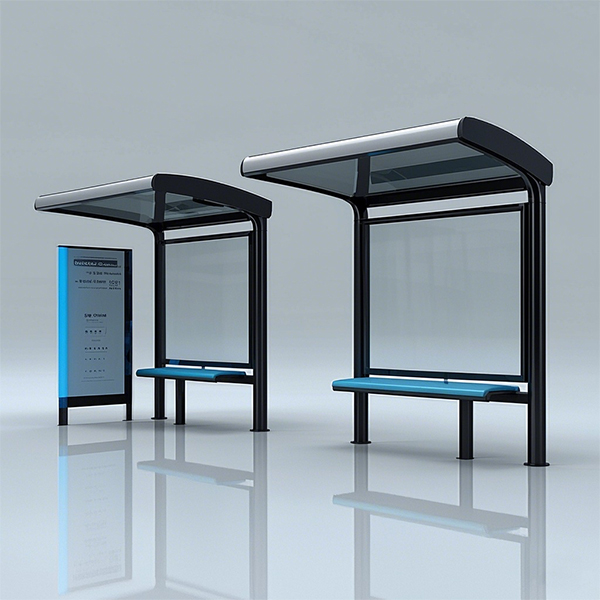 Double Bus Stop Shelter
Double Bus Stop Shelter -
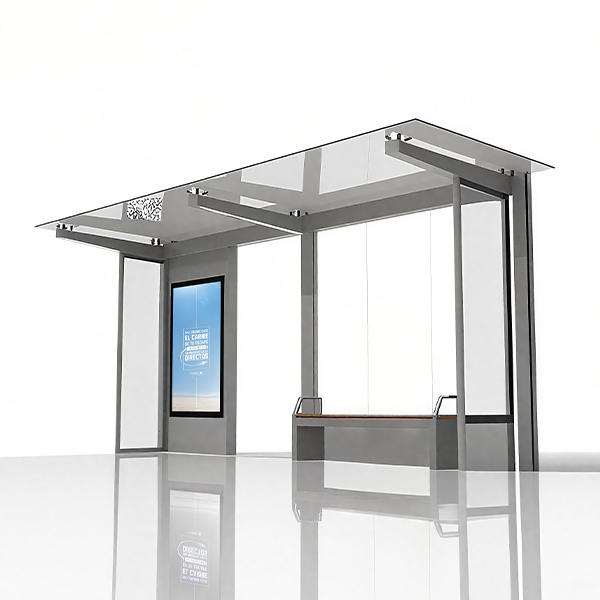 Glass Roof Bus Shelter
Glass Roof Bus Shelter -
 Semi-enclosed Bus Stop
Semi-enclosed Bus Stop -
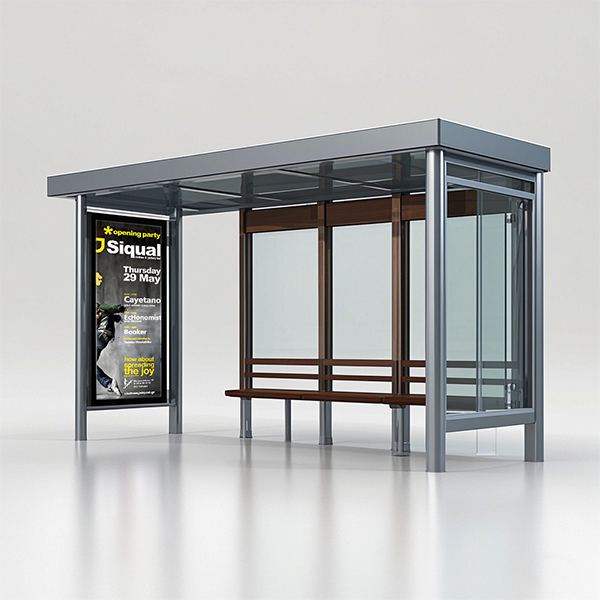 Semi-enclosed Bus Stop
Semi-enclosed Bus Stop -
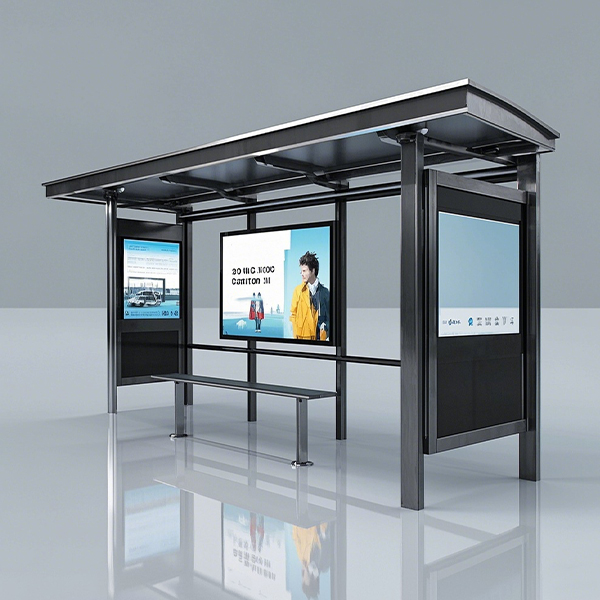 Three Advertising Box Bus Stop Shelter
Three Advertising Box Bus Stop Shelter -
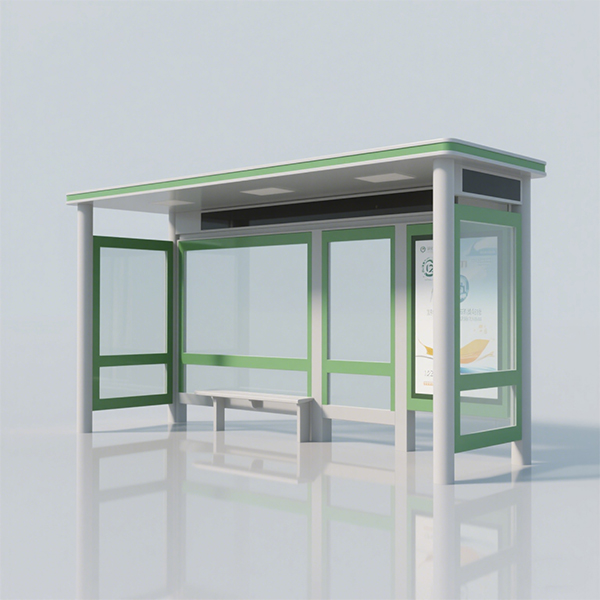 Semi-enclosed Bus Stop Shelter
Semi-enclosed Bus Stop Shelter -
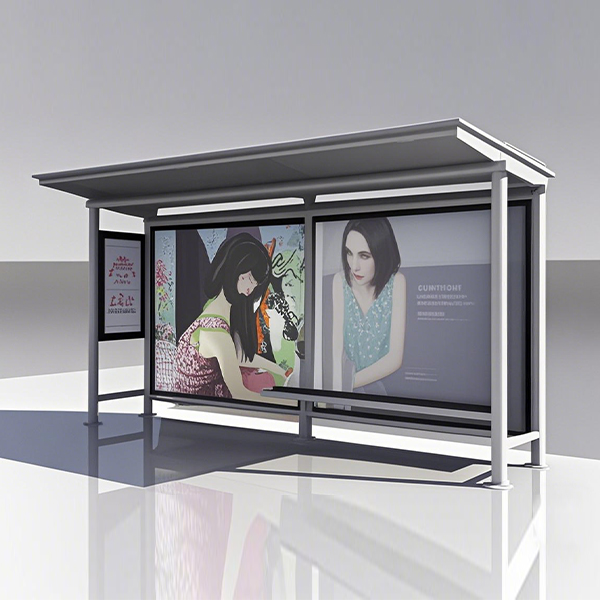 Large Format Advertising Box Bus Shelter
Large Format Advertising Box Bus Shelter -
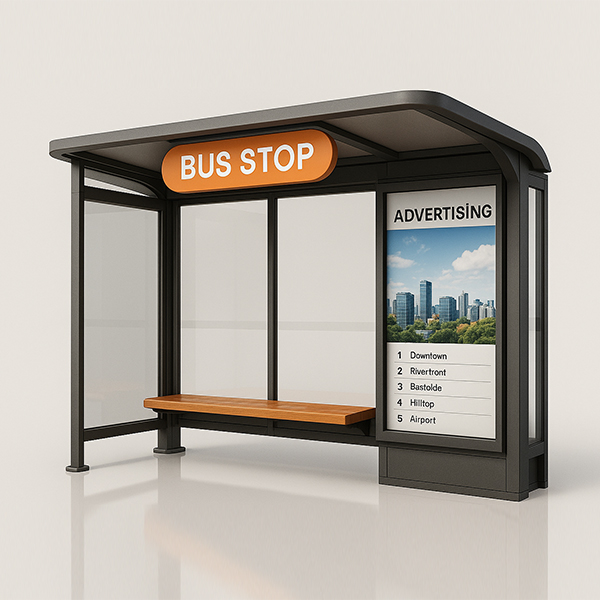 Single Light Box Bus Stop
Single Light Box Bus Stop -
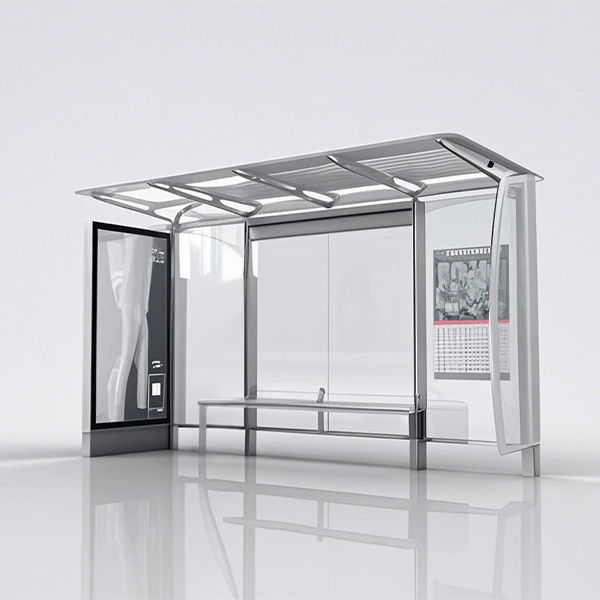 Stainless Steel Bus Shelter
Stainless Steel Bus Shelter -
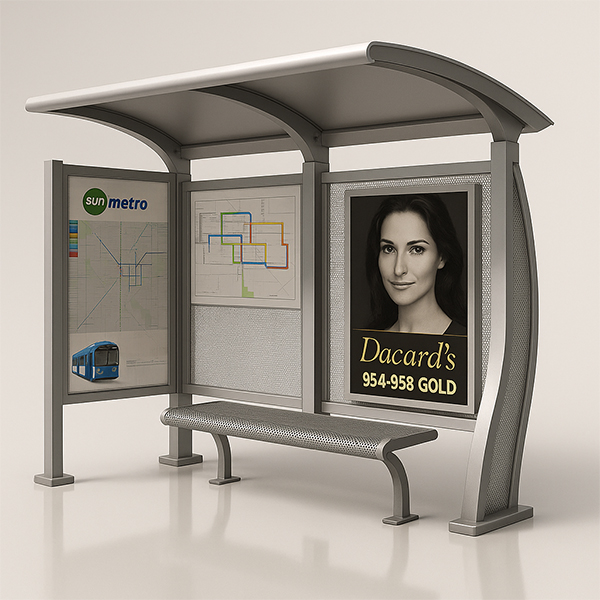 Curved Shed Bus Stop Shelter
Curved Shed Bus Stop Shelter -
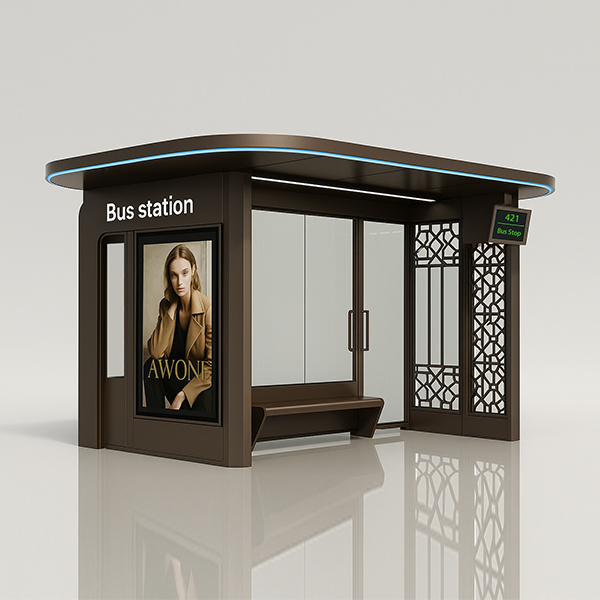 Modern Design Bus Station
Modern Design Bus Station -
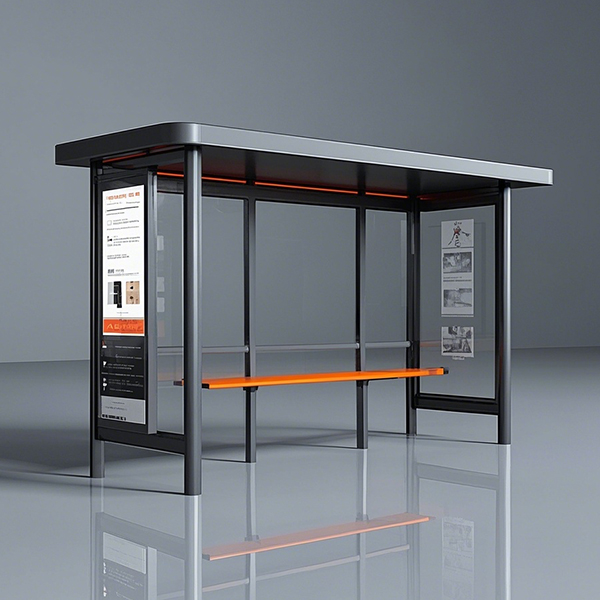 Semi-enclosed Bus Stop
Semi-enclosed Bus Stop







